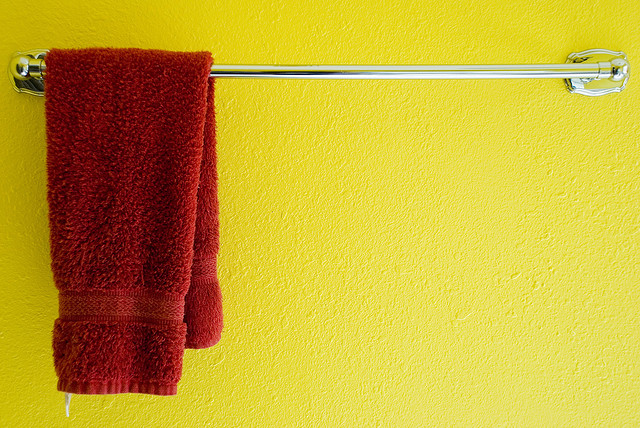
While the timing of cold and flu season is quite unpredictable, the Centers for Disease Control and Prevention finds cases peak in the United States between December and February. Now that the holiday rush is over and kids have returned to school while parents have returned to crowded offices, keeping your home safe from germs is a top priority during these final weeks of winter. Here are five things you should clean more frequently in order to help prevent the spread of germs and viruses in your home:
Personal Tech Items
Let’s face it, we’re constantly touching our computer keyboards and cell phones, making them a major breeding ground to all sorts of bacteria. Keeping them clean is critical all year long, but especially during cold and flu season. As a rule, clean your cell phone daily and your keyboard weekly. With microfiber cloths, isopropyl alcohol and cotton swabs, you’ll have a simple but mighty arsenal against germs. Click here to learn all you need to know about tech gadget cleaning.
School Gear
According to Good Housekeeping, your child’s backpack and lunchbox can house germs and carry them into your home. Wipe down your child’s gear at the end of each day, using a spray bottle filled with a 50/50 water and vinegar solution. Just a few sprays and a scrub with a clean cloth will naturally disinfect and deodorize. Many lunch bags and tote bags are machine-washable. Check tags first to make sure and then give your child’s bag a weekly wash and hang to dry. For those items that can’t mix with your Maytag, wash by hand in your sink with a mild detergent and dry overnight in a dish strainer.
Towels
While germs generally don’t live on towels long, WebMD suggests they can live long enough to make a healthy family member sick. Generally, you should wash bath towels after every third use; however, if a family member is sick, consider tossing them in the wash after each use (especially hand towels and wash cloths). Consider skipping the fabric softener to keep towels more absorbent and carry laundry to the washer using a basket, and not your arms. “If you carry them in your arms near your face, some germs can remain on your clothing or hands and cause problems,” writes Mary Marlowe Leverette for About.com.
Trash Can
The trash can may be the last thing you think about cleaning during the cold and flu season, but between used tissues, disposable food containers and crumpled papers, your trash can is a haven for harboring cold and flu germs. Once a week, after your trash can is empty, take it outside and spray with a hose (or, if the weather is too cold, use your shower or bathtub). Spritz with vinegar to absorb odors and wash the inside with a scrub-brush. Let air dry outside of possible—sunlight will help kill any additional germs and mold.
Kitchen Sponge
You may be really diligent about keeping your kitchen countertops clean and disinfected, but what about your kitchen sponge. Germs and viruses love the kitchens sponge and most of us forget about keeping it clean as well. At the end of each day, soak your sponge overnight in a mixture of 1 cup of hot water, ½ cup white vinegar and 3 tablespoons of salt. The next day, rinse and toss in the microwave on high for at least one minute (but not more than 2 minutes)—make sure the sponge is still very wet and use caution when removing it from the microwave. You can also put your sponge in the dishwasher using the “heated dry” setting. Don’t get too attached to kitchen sponges. The rule of thumb is to discard after 3-4 weeks of use.
Talk to us: What is your trick for keeping your home clean during cold and flu season?
image courtesy of flickr CC/mason bryant
